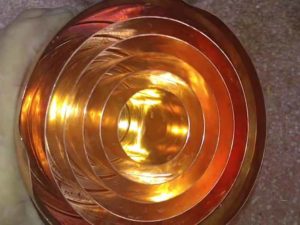Every so often one sees advice from experts on how to operate a communications receiver or transceiver for SSB reception on the HF bands.
Very often that advice is to adjust AF Gain to max, and adjust RF Gain for a comfortable listening level. This is argued today to deliver the best S/N ratio, partly due to delivering the lowest distortion due to IMD in the receiver front end.
The downside of this is that it has prevented normal AGC operation, so the operator must continuously adjust the RF Gain to compensate for fading etc, and the settings may be quite different for each station in a n-way QSO.
I cannot recall ever seeing quantitative support for the claimed improvement in S/N or ‘quality’, so it seems that it is based on subjective assessment and there may not be quantitative evidence.
Now I was taught this method by my mentor 50+ years ago to operate a receiver he had loaned me… and it DID work in the specific case. It worth exploring why it did work, since this may be the root of the advice that is offered generally, whether appropriate or not.
Further articles will critically examine the advice applied to newer technologies.
Once upon a time…
There was a time when receivers had AGC systems that performed poorly, most commonly because they used an envelope detector with BFO injection for SSB and CW reception, and had AGC time constants quite unsuited to SSB Telephony.
In fact, my mentor’s instruction was for such a receiver, an AR8 receiver of WWII vintage which was essentially an AM receiver (including MCW) with BFO for A1 Morse code (CW) reception, that was its intended purpose. The AGC characteristic was tolerable for AM and MCW, and less suited to CW, but quite usable on mid range signals.
It could also receive SSB Telephony using the BFO, but BFO injection level was not adjustable and insufficient for strong signals so it was necessary to reduce RF Gain on strong signals to ensure reasonably good demodulation. The same was required for strong CW signals.
So, the instruction to set AF Gain to maximum and adjust RF Gain to comfortable listening level was a circumvention for the deficient means of demodulation of SSB Telephony, and poorly performing AGC system.
Next part
In the next part, we will explore a basic ‘conventional’ superheterodyne receiver with demodulator designed for SSB telephony.
Last update: 21st January, 2018, 10:07 AM





